Although the University of Miami may be best known for its competitive football team, the Hurricanes, it also has renowned programs in marine science, music, and business.
The residential colleges, strong academics, pre-professional offerings, access to internships, and research and study abroad opportunities serve a diverse body of student interests. The U’s Location Programs offer students a selection of 85 schools in more than 40 countries, providing a chance to travel and become immersed in another culture. All travel programs are taught by UM faculty and coordinated by staff so that the credits earned and financial awards follow the student.
Faculty connect with students on projects ranging from research to volunteer experiences. Faculty leaders in the residential colleges in which students reside organize lectures for students to attend, featuring guest speakers on topics such as genomics, the humanities, climate change, and more.
Academics
Students at the University of Miami are admitted directly to their major which may or not be the best option for an “undecided” prospect. UM, students have a distributed academic program where they take a minimum of three courses in arts and humanities, people and society, and STEM (science, technology, engineering, and math).
Along with these general requirements, students have the flexibility to design their major coursework from more than 180 majors and programs across nine schools and colleges. The University of Miami also has an Honors Program which provides students additional resources and opportunities for faculty-mentored research.

Additional quick facts about the University of Miami
Freshman acceptance: 32%
Freshman retention: 92%
Freshmen out of state: 66%
4-year Graduation Rate: 70%
Most popular majors: nursing, biology, finance, psychology
Social scene
With a wealth of social opportunities, the biggest complaint that students have is that they don’t have enough time in four years to access all that the U has to offer. Students may choose to participate in local off-campus events, such as Art Basel or the Ultra Music Festival, or on-campus events like Sportsfest, where dorms compete against each other, or Gandhi Day, for community service. And of course, UM students have easy access to nearby beaches, road trips to Key West, Key Largo, or the Everglades. Greek organizations are not a not a major part of campus life, with only 16% of guys involved in fraternities and 19% of women in sororities.
Housing
Modeled after Oxford and Cambridge, UM’s housing system consists of five co-ed residential colleges. Each residential college has a senior faculty member that organizes seminars, concerts, dinners, social events, and lectures for students to participate. Although about 90% of freshmen live on-campus, only less than 30% of upperclassmen live on campus, with the rest commuting or living in off-campus apartments in the Miami area. UM’s campus security program protects students with campus shuttles and safety escorts.
Similar colleges to consider
University of Florida, Boston University, Florida State, University of Central Florida, NYU, Penn State, Northeastern, Florida International
Financial aid and Scholarships
The University of Miami offers need-based scholarships and grants, as well as athletic, international, and merit scholarships. 97% of the need is met. Although the tuition and fees are $48,000 a year, the average financial aid package is $32,000, with 35% of students receiving need-based scholarships or grants.
What do you think about the University of Miami? What about this college is a good fit? Please post your comments below.


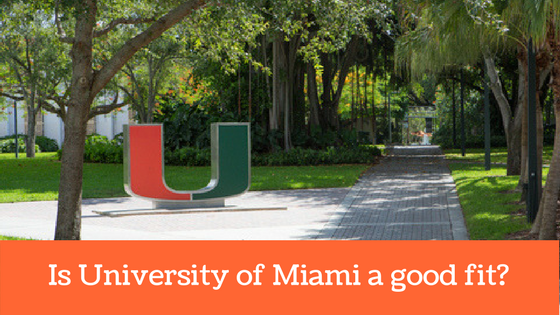


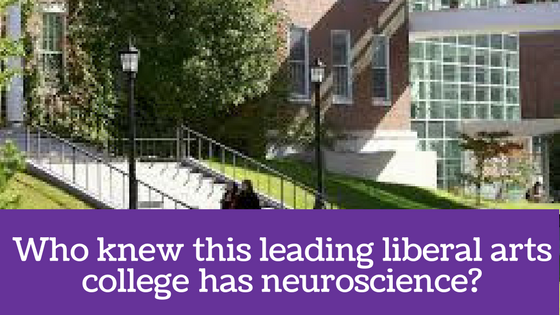
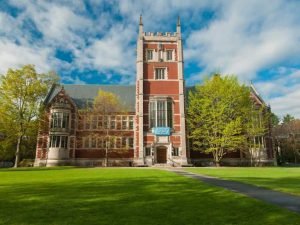
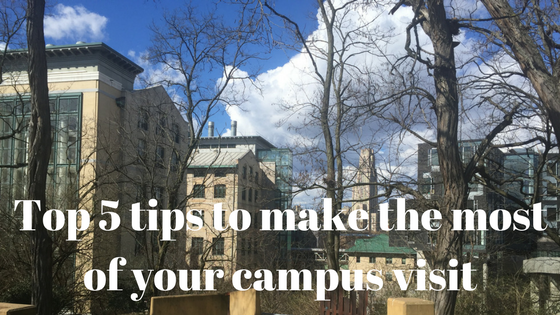




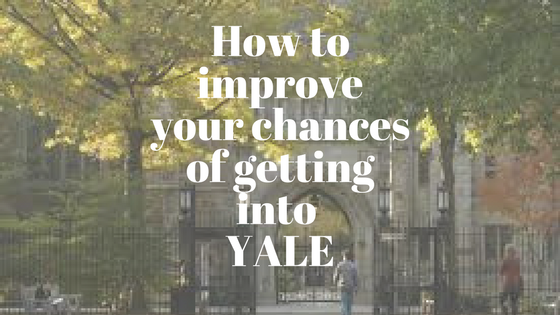






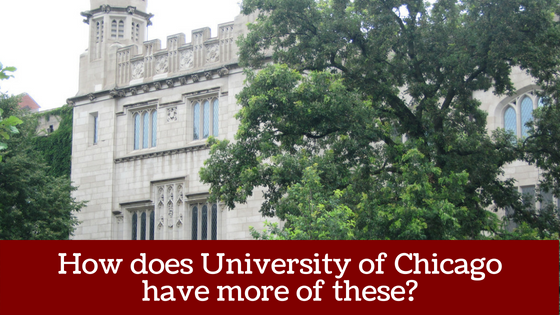
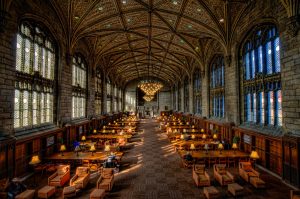 About half of the University of Chicago students take advantage of study abroad programs, which include 45 faculty-led study abroad programs in over 20 countries, including centers in Beijing, Hong Kong, Delhi, and Paris.
About half of the University of Chicago students take advantage of study abroad programs, which include 45 faculty-led study abroad programs in over 20 countries, including centers in Beijing, Hong Kong, Delhi, and Paris.